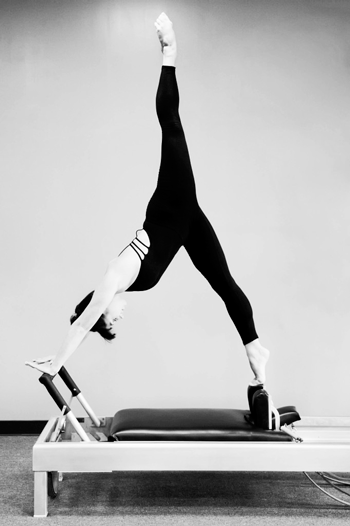There are many reasons we see patients, athletes and everyday people going to the gym. The health benefits have been well documented but here are a few reasons we might not think of straight away.
- Strong Bones – going to the gym maintains the strength of your bones. This becomes particularly important for elderly females who have gone through menopause and all of us as our balance and strength naturally decline.
- Quality of Life– maintaining strength allows us all to enjoy life more. From getting out of a chair, hiking, swimming and most other outdoor activities, they all become easier when we are stronger.
- Weight gain– inactive adults experience a 3% to 8% loss of muscle mass per decade, accompanied by resting metabolic rate reduction and fat accumulation.

Why do we take the breathing muscles to the gym?
There are many well researched reasons why we take the breathing muscles to the gym.
– Maintain the strength of the bones like the ribs, cervical spine and lumbar vertebrae by applying specific loads using the breath.
– Clients with respiratory issues like COPD and Asthma can improve their quality of life by strength training the breathing muscles
– Patients who are overweight can be limited in their exercise intensity due to the difficulty breathing, fix it first and make breathing easier so you can loose weight.
Working with high level athletes and clinical patients the application of Fletcher techniques is very wide, but needs to be delivered in a specific way to achieve results.
EG:
- Olympic swimmer– by strength training the breath we see an increase in performance by reducing the fatiguability of the breathing muscles and an increased ability to hold the breath under high intense exercise. This is done with high load-high flow training.
James Roberts, 50m freestyle Australian champ used these techniques to assist holding his breath for his race. Also, he required a warm down routine to assist his nervous system recovery.

2. Asthmatic – by increasing the strength of the breathing muscles we give more control over the airways to asthmatics. Clear evidence shows a reduction in symptoms and reduced medication use with a high load, low flow approach.
Grant Hackett used these techniques leading to his RIO games program. Setting our volume records and helping to manage his respiratory condition, balancing both performance improvements and clinical pathology is what we do best.
3. Anxiety– as above, giving more control to the breath, we can use this as a tool to manage stress, heart rate and in fact reduce the heart rate and symptoms of this condition. This is done with a low flow, high volume approach to breath training.
Ryan Hipwood waits in the open ocean for hours on end for a wave that could kill him. He needs strategies to manage his anxiety and nerves so he can relax in the most challenging of situations.
What happens when we strength train the breath?
- Increased diaphragm thickness by 8-12% (Downey et al, 2007)
That’s right, the main breathing muscles get bigger! Just like all the other muscles in your body when you strength train – we just can’t see these ones bulging.
- Increased diaphragm strength > 20% (Downey et al, 2007)
If you take your breathing muscles to the gym, they become stronger. Just like all the other muscles in your body. See the pattern developing here?
- Change in fibre type (Ramirez-Sarmiento et al 2002)
We see a shift towards a more endurance profile, more Type I fibers and larger Type II fibers
This leads to:
- Improved athletic performance (Romer et al. 2002)
- …and improved asthma control and COPD management (P Weiner. 2002)
- …and also improved blood delivery to exercising muscles (Harms et al. 1997)
If you do some form of breath training right now, ask yourself what am I getting out of it? If your not sure then just ask me.
From feeling good, sports recovery, breath-hold and C02 tolerance, the breath is a powerful weapon in all aspects of life.